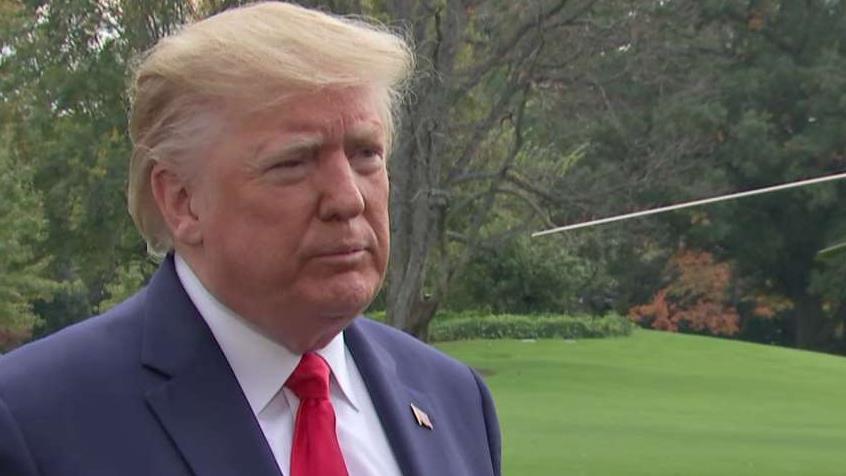Some family doctors ditch insurance for simpler approach
The doctor sees fewer patients and spends more time at each appointment.
It is called direct primary care and some say they equate it to a simpler time when doctors charged cash for their services.
Patients say they appreciate the accessibility and simplicity of the system.
Depending on the services needed, it is a way to avoid insurance and let doctors spend more time with patients instead of turning a medical practice into an assembly line where the goal is to see as many patients as quickly as possible.
Many primary care doctors working in large medical systems, some were encouraged to see a new patient every 20 minutes. But that was barely enough time to talk and do a physical.
GET FOX BUSINESS ON THE GO BY CLICKING HERE
Instead of billing insurers, Dr. Emilie Scott now charges patients a $79 monthly fee that covers office visits, phone calls, emails, texts and certain medical tests and procedures.

The doctor typically sees six patients a day, down from around 30, and spends more time at each appointment.
She hired two assistants to help handle paperwork compared with working with a department of billing specialists.
"As far as our financial success, it does not depend upon having a team of people to figure out how to get money from the insurance company," said Scott, who co-owns a private practice in Irvine, California that serves about 900 patients. Scott said the practice has grown by word-of-mouth, without advertising.
DOCTORS WHO HELPED MAKE THIS PFIZER HEART DRUG ARE NOW CALLING OUT ITS $225,000 PRICE TAG
Most direct primary care doctors acknowledge the limitations and recommend patients carry some type of insurance to cover medical emergencies, surgery and expensive tests.
Only about 4 percent of family doctors reported working in direct primary care practices last year, according to a survey by the American Academy of Family Physicians.
There are currently 1,200 practices in the U.S, according to the Direct Primary Care Journal. Typical patient fees are around $75 per month or $900 annually, studies show.
Some patients who have tried direct primary care say they’ve gotten their money’s worth.
There are challenges.
The primary care model relies on providing more in-depth care to a limited number of patients, with many doctors reporting between 400 to 800. That compares with patient rosters of 2,000 or more for those in traditional practices.
CLICK HERE TO READ MORE ON FOX BUSINESS
If more doctors switch to direct care, critics warn it could worsen physician shortages, especially in rural communities.
The Associated Press contributed to this article.




















